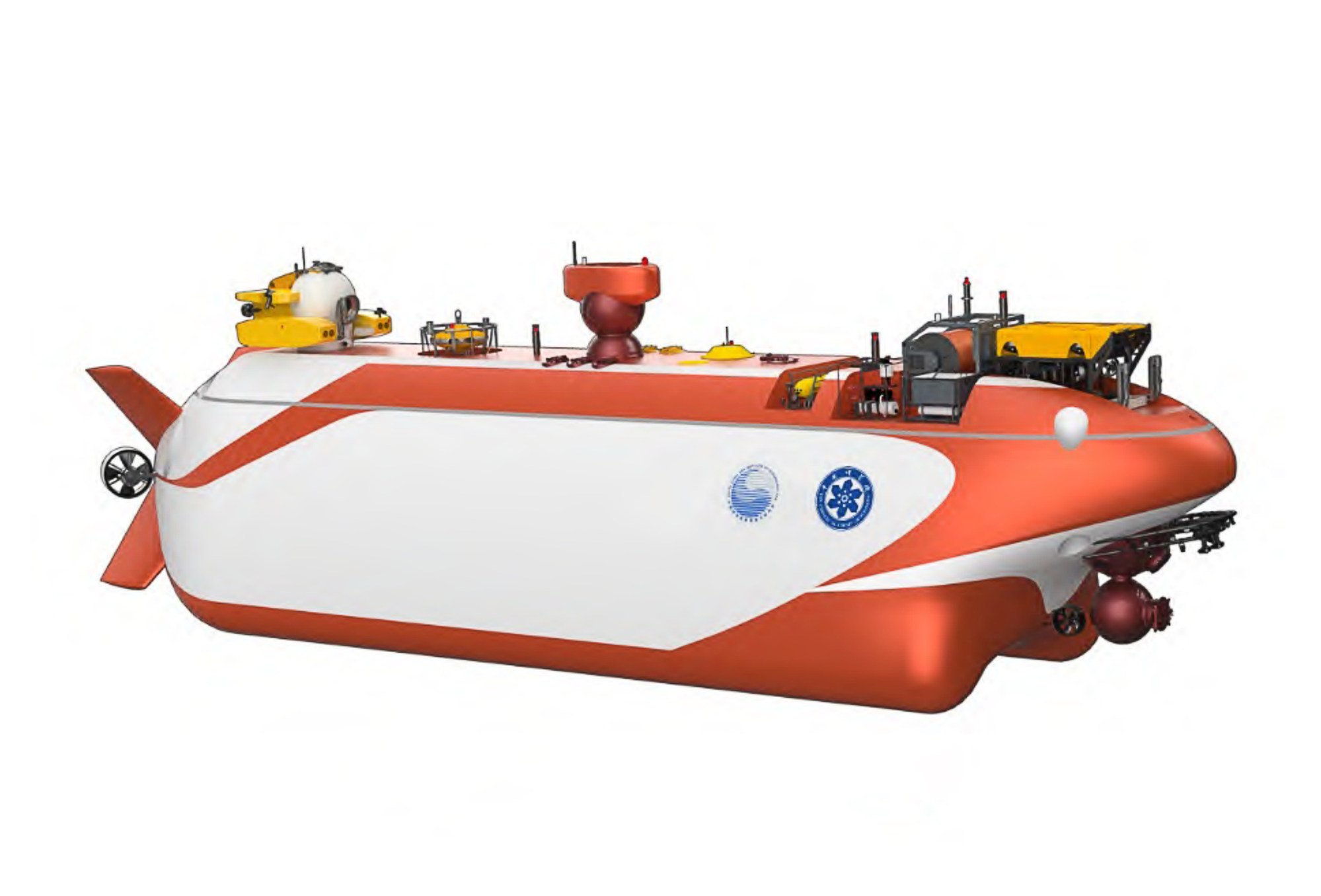Scientists will be able to work for up to a month in the facility that will be anchored 2,000 metres below the surface. — SCMP
After years of debate and technical reviews, China has given the green light to a deep-sea research facility that could redefine marine exploration, while amplifying Beijing’s geopolitical leverage in one of the world’s most resource-rich areas.
The “cold seep” ecosystem research facility will be anchored 2,000 metres (6,560 feet) below the surface of the strategically significant South China Sea, which is also subject to a number of competing territorial claims.
The facility – one of the deepest and most technologically complex underwater installations ever attempted – is scheduled to be operational by around 2030, with room for six scientists on missions that will last as long as a month.
The planned facility – which is known among the research community as a deep-sea space station – will be used to study cold seep ecosystems – the methane-rich hydrothermal vents that teem with unique lifeforms and contain vast deposits of methane hydrates, also known as flammable ice.
Details of the station’s design were revealed this month by researcher Yin Jianping, from the Chinese Academy of Sciences’ South China Sea Institute of Oceanology, and his colleagues, writing in the journal Manufacturing and Upgrading Today.
Pioneering features include the long-term life support system that will be needed if scientists are to build and operate a permanent monitoring network to track methane fluxes, as well as ecological shifts and tectonic activity.
“Construction will soon begin,” wrote Yin and his colleagues, who added that the intention was for the station to work closely with unmanned submersibles, surface ships, and seabed observatories to create a “four-dimensional” surveillance grid.
The station will anchor a broader infrastructure web that is set to include China’s massive fibre-optic network on the seabed and the drilling ship Mengxiang, which aims to be the first to reach the Earth’s mantle.
According to a Beijing-based marine scientist, who asked not to be named because of the issue’s sensitivity, the South China Sea has become a frontier where biology, geopolitics and engineering are converging.

The underwater facility signalled China’s shift from maritime follower to leader, said the researcher, adding that it could be “a turning point in the deep-sea race”.
While its power source remains classified, experts have noted that analogous US and Soviet-era stations – such as America’s retired NR-1 and Russia’s accident-plagued AS-12 Losharik – relied on nuclear reactors.
The NR-1, which retired in 2008, reached depths of around 900 metres while its Russian counterpart was capable of 2,000-metre dives – thanks to its titanium hull design – until it was left inoperative by a 2019 fire.
The planned location of the Chinese facility is no accident. The South China Sea holds 70 billion tonnes of methane hydrates – equivalent to half of China’s proven oil and gas reserves.
There are also rare mineral deposits, including cobalt and nickel concentrations three times higher than land-based mines, along with more than 600 species that can survive in the extreme conditions, some with enzymes critical for cancer treatments.
The station’s deployment would also strengthen China’s territorial claims, said Yin and his team, pointing out that the Losharik’s 2012 Arctic seabed survey was used to support Russia’s continental shelf explosion claim.
According to the article, the scientists on board the facility will be able to conduct real-time experiments and adjust protocols in extreme conditions – a capability that is currently beyond artificial intelligence (AI) or robotic systems.
Autonomous vehicles could fail to capture sudden methane eruptions or correctly adjust experiments that required daily pressure tweaks, the researchers wrote.
The precise manipulation of drilling tools, as well as emergency decision-making capabilities and common wisdom, would need to prevail under many circumstances in the abyss, they said. “Humans still matter in the AI age.” – South China Morning Post





